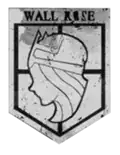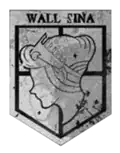Huge spoilers, please read at your own risk.
There is a theory by yshabash on Reddit that seems to be less and less of a theory as more information is considered. At the end of Season 2 of the Attack on Titan anime, there is a scene featured in the ending credits. Here are two images featuring the scene, only separated because the camera pans down from top to bottom but both are the same scene.
First part of the scene features
what appears to be a member of royalty, though likely a King based on his wardrobe, and 6 members of what appear to be a noble class strictly based on the setting and their clothing. 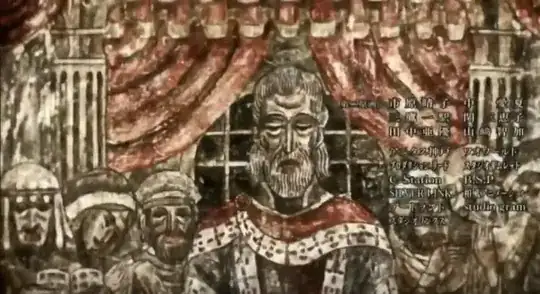
And the second part of the scene, as the camera pans down, features
a more gruesome perspective where three children (also likely royalty or nobles) and girls perhaps, are eating someone's body while crying.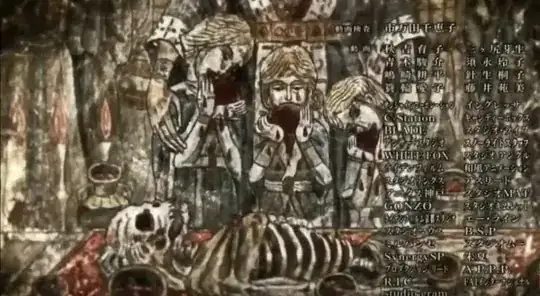
The theory then, by yshabash, is that
these three children are the iconic women featured on the crests of Wall Maria, Rose, and Sina.
If we were to examine this theory closer, the first place I'd start is
the walls themselves. To the Eldians within the walls, these walls are a great source of pride and we later come to find out that they house titans within the walls themselves. So, the walls are likely the result of titans being instructed to create them, and not simply the byproduct of human labor.
Now that we've established likely origins, let's consider the icons on each of wall which can be found here on the Attack on Titan wiki.
If you don't feel like scrolling, this is a screenshot of the applicable walls crests of Maria, Rose, and Sina. 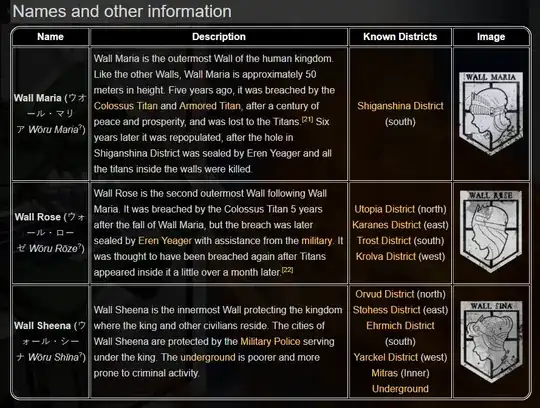
Up until this point, there have been zero sightings in the manga and anime of
three royal women, or even three royal girls, except in that previous scene in the ending credits of Season 2. And, all three girls in that ending credit scene look to be of royal or noble lineage.
I do not see it likely that
these girls in the ending credits scene built these walls but I do find it likely that the Eldians respected them enough to place their faces on the crests of each wall.
So the question then is why?
Going back to the ending credits scene, let's examine the skeleton of the body the girls are eating. It's not quite human, but not quite titan either. The skull takes on a very strange structure towards the back, and the ribs are not quite right either. The torso appears to be longer than it should be if it were a human but it still manages to maintain a human-like appearance. So what is it?
Well, looking back on the representation in Volume 21, Chapter 86, Pages 160-162 of
Ymir Fritz, the first titan, we are made aware that she was not originally a titan, she was originally a human. 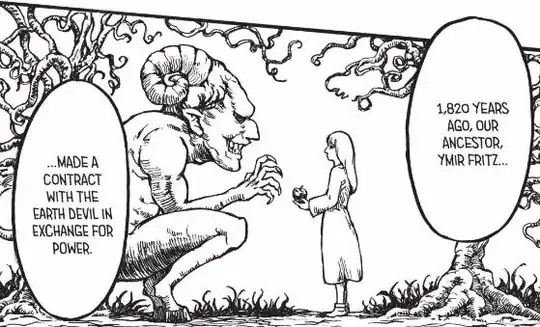
And when she is displayed in her
titan form, she looks shockingly human as you can see on the same page. 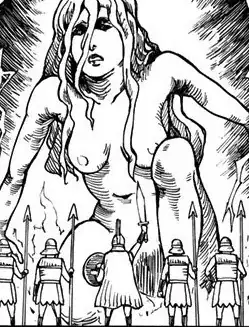
Which would then make her a
hybrid of sorts, part-human, part-titan.
So if we consider that
the original titan was actually half-human, then we can then open up this possibility that if she were half-human, she would likely be able to have children with a human, thus establishing the Eldian lineage through procreation with humans.
And, in this scene, although it is not definitive proof
we notice that everyone is sad, and while the father and children are present in this scene, the mother is not. Again, opening the possibility to this idea that the children are actually eating their mother, whom based on the skeleton structure is not exactly human and is likely Ymir Fritz.
Please take note of the number of people in the background is
exactly six.
And the number of people in the foreground is
exactly three.
Making the total number of people, outside of the center focal point,
nine.
It would not be a stretch to say that
the children of Ymir Fritz ate their mother, and those of noble lineage (perhaps relatives) also ate Ymir Fritz. And this could be where our 9 titan powers were inherited upon the death of Ymir Fritz.
In the very least, we should consider that
the children in the ending credits scene are likely the faces we see on the crests of each wall, and could possibly be Ymir Fritz' children.

